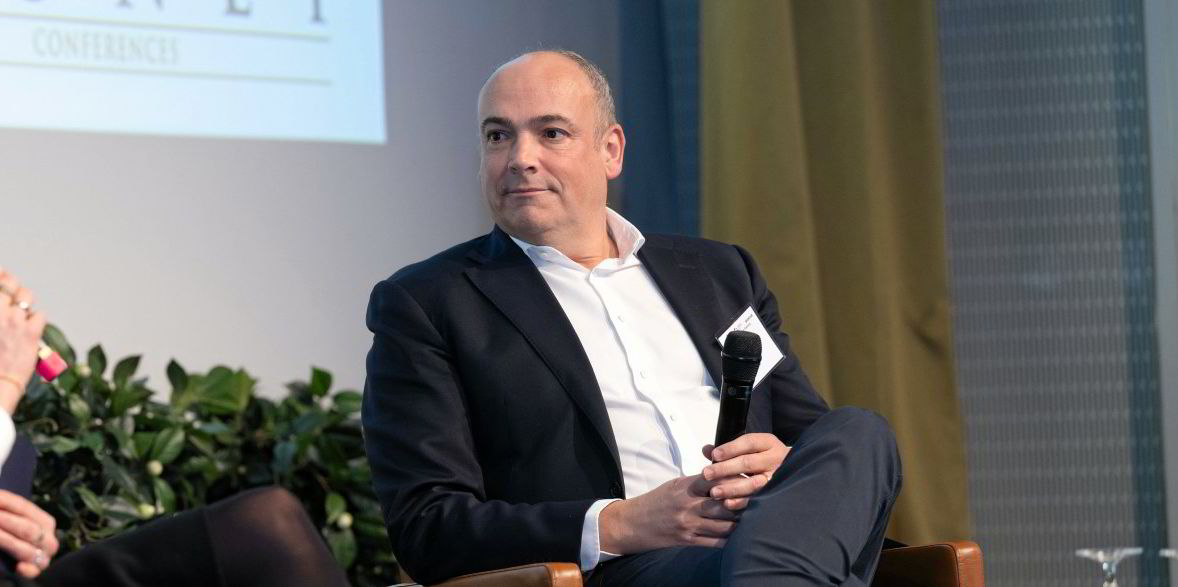The container shipping industry is bracing for an eyewatering drop in profits this year.
The liner sector collectively reported $34.7bn net income in the fourth quarter of last year, according to the McCown Container Results Observer report.
That is a decrease of 33.9% or $17.8bn down from the same period a year earlier.
It is the second quarterly downturn following seven straight quarters of record net income for the sector.
The decline is down from an all-time peak earnings in the second quarter of 2022.
But it is expected to be just taste on the declines in the quarters to come.
Net income for 2023 is predicted to fall to $43.2bn, according to estimates of Blue Alpha Capital founder and former liner industry executive John McCown.
Total revenue is forecast to drop to $327bn.
Those estimates translate to a 79.9% decrease in net income — down from $215.3bn in 2022 — and a 35.9% decrease in revenue.
McCown predicts net income will sequentially fall to $14.9bn for the first quarter this year.
Subsequent declines will be down to $10.8bn for the second quarter to $8.7bn in both the third and fourth quarters.
The favorable supply/demand dynamic caused by congestion had mostly gone or was continuing to dissipate.
However, carriers could be expected to use blank sailings to reduce capacity, McCown added.
Stockpiles of cash
Estimates of liner industry profitability differ depending on the methodology, but all reflect the downward trend in earnings.
According to Alphaliner, the top 10 top carriers generated operating earnings (ebit) of $155.9bn in 2022.
This represents a 30% uplift on the $115.6bn in 2021.
The star performer was Germany’s Hapag Lloyd which logged a rise in operating profits of 66% in 2022.
At the lower end of the year-on-year increase were Zim, Yang Ming and Wan Hai Lines which reported single digit increases.
Danish analyst Sea-Intelligence estimates ebit in the fourth quarter of shipping lines was $138bn in the fourth quarter.
While all shipping lines remained profitable, there was a significant disparity in performance between larger and smaller lines, the analyst noted.
Larger lines were able to maintain ebit-per-teu close to level of the previous year, but smaller lines were not.
Ultimately, carriers have amassed enough cash since the third quarter of 2020 will help them weather bad markets, said Alphaliner.
AP Moller-Maersk had total cash and deposits of $28.6bn, while Hapag Lloyd has cash and cash equivalents of $16.3bn and $3bn in longer-term investments.
Many carriers are also hoping a pivot to non-shipping and logistics activities will enable them to weather the shipping down cycle, the analyst added.






